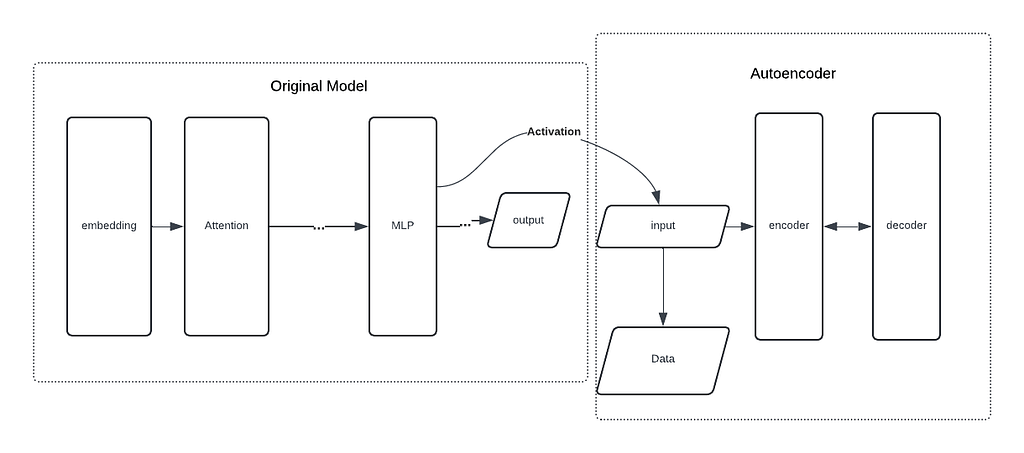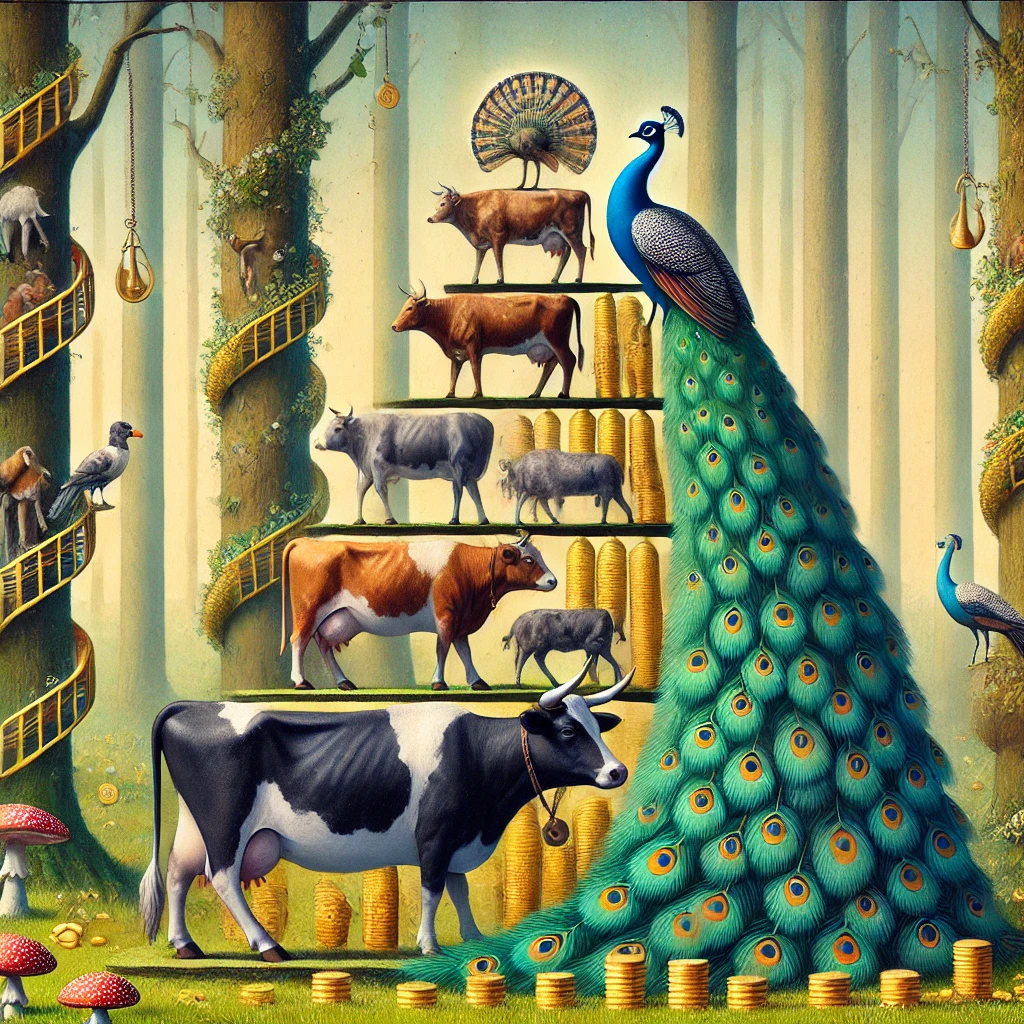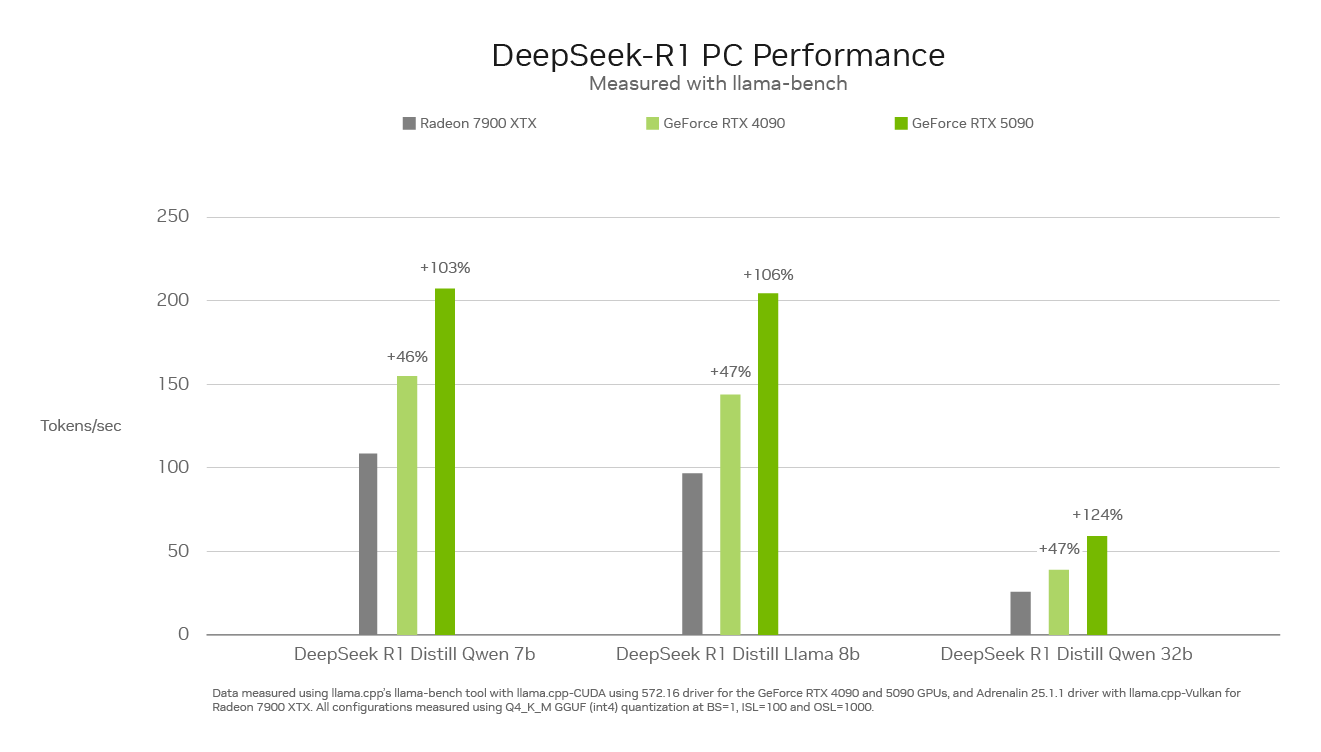Top graduates key in AI race per tech council; DeepSeek's arrival sparks cybersecurity concerns, energy-efficient AI push in Australia.
UK introduces groundbreaking laws to combat AI-generated child sexual abuse images, closing legal loophole. Law enforcement agencies warn of alarming increase in technology's misuse.
James Florence, 36, to plead guilty for cyberstalking with AI chatbots impersonating a university professor for sex. He used CrushOn.ai and JanitorAI to direct chatbots in explicit ways.
AI startup disrupts industry with cost-effective AI model, causing $600bn loss for Nvidia. Chinese tech startup releases DeepSeek R1, a cheaper, more efficient AI assistant compared to US tech giants.
ChatGPT excels in poetry but struggles with images, while DeepSeek stands out in political conversations. Owners of ChatGPT face the reality of DeepSeek's competitive edge.
Disentangle complex Neural Networks with Sparse Autoencoder to uncover interpretable features, overcoming superposition challenges in Large Language Models. Sparse Autoencoder introduces sparsity in hidden layers to decompose neural networks into more understandable representations for humans.
Chinese AI company DeepSeek's new chatbot rivals OpenAI's ChatGPT with superior performance and efficiency, causing a stir in US tech stocks. The Guardian explores DeepSeek's breakthrough, addressing security, censorship, and the impact on the US AI industry.
Foundation models (FMs) are surpassing supervised learning in text classification tasks, with benefits like rapid development and extensibility using Amazon Bedrock. Travelers and GenAIIC collaborated to build an FM-based classifier for automating service request emails, saving thousands of hours with 91% accuracy.
Lawyer referred for using ChatGPT in court filings, generating fake case citations. Immigration minister calls for action to prevent such behavior.
OpenAI responds to cheaper Chinese rival with free o3-mini AI model for ChatGPT users, following DeepSeek's unexpected success. Users can access the new AI model without charge, but with usage limits, in response to increased competition.
A 6-year Shopify case study reveals the delicate balance between product focus and diversification for optimal business success. Learn how understanding concentration in your product portfolio impacts crucial decisions, with practical strategies and interactive visualizations provided.
OpenAI's Sam Altman faces allegations of unauthorized use of chatbot models by a Chinese hedge fund, causing market chaos. OpenAI responds with a statement promising to protect their technology aggressively.
The DeepSeek-R1 model family offers powerful reasoning models for AI enthusiasts, running on NVIDIA GeForce RTX 50 Series GPUs with up to 3,352 trillion operations per second. These models can tackle complex tasks like math, code, and problem-solving, enhancing user experiences on PCs and unlocking agentic workflows.
Amazon Bedrock utilizes generative AI to create intelligent supply chain solutions, mitigating risks and improving agility. Its visual workflow builder connects data sources and AWS services for end-to-end solutions, ensuring resilience in the face of disruptions.
Photo Brussels festival explores AI impact with 17 projects at Hangar gallery. Artists embrace technology for optimistic exploration.















